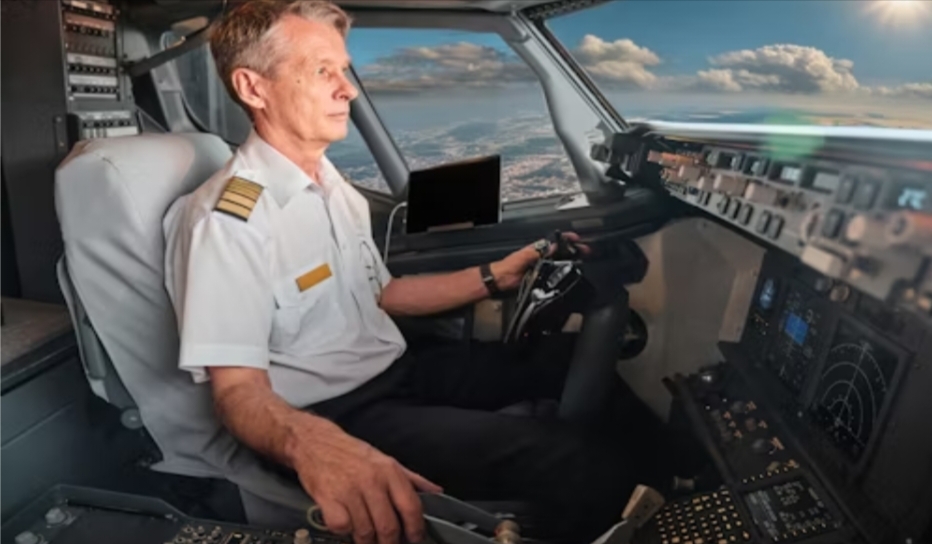Instrument Flight Rules (IFR) training plays a vital role in a pilot’s professional growth. In conditions of low visibility or challenging airspace, pilots depend entirely on their instruments rather than visual references to navigate safely. To master these complex procedures, real pilots turn to one of the most efficient tools in aviation training—flight simulators. A well-designed flight simulator setup accurately replicates cockpit conditions, enabling pilots to hone their skills in a controlled and realistic environment. Whether a pilot is newly instrument-rated or preparing for a proficiency check, simulators offer unmatched value in IFR practice.
This blog highlights five practical ways professional pilots utilize simulators to enhance their Instrument Flight Rules (IFR) capabilities. By understanding these methods, both students and licensed pilots can maximize the value of their flight simulator setup and become more confident under Instrument Flight Rules (IFR) conditions.
Practice approach procedures at different airports
Pilots must be proficient in flying standard instrument approach procedures (IAPs), especially at unfamiliar airports. Using a flight simulator setup, pilots can load various approach charts and practice flying into airports with different runway orientations, weather conditions, and air traffic environments. This is particularly beneficial for learning how to interpret complex Instrument Landing System (ILS), RNAV, and VOR approaches.
With tools like the G1000, pilots can simulate complete approach sequences and manipulate flight management systems (FMS) in real-time. Practicing these procedures repeatedly enhances muscle memory and boosts situational awareness.
Master holding patterns and entry techniques
Holding patterns can be one of the most misunderstood components of IFR flying. In the real world, poor execution can lead to airspace violations or controller intervention. Pilots use simulators to master the art of determining correct entry techniques—direct, parallel, or teardrop—and practice them under time constraints and wind drift scenarios.
A flight simulator setup enables repeated exposure to various holding instructions, which is essential for understanding timing adjustments and aircraft configuration in dynamic IFR situations. This builds confidence before entering real-world holding patterns.
Refine emergency procedures in IFR conditions
In-flight emergencies under Instrument Flight Rules (IFR) are high-stress scenarios that demand immediate, coordinated action. Real pilots use simulators to rehearse emergencies such as vacuum failures, static port blockages, engine issues, or communication loss—all while operating under instrument flight conditions.
By using the G1000 in a flight simulator setup, pilots learn to manage system failures efficiently. The glass cockpit interface trains them to navigate menus, interpret alerts, and access backup systems, enabling them to form quick and accurate responses during emergencies.
Improve cockpit resource management (CRM)
IFR flying requires effective communication, sound decision-making, and prioritization of tasks. Simulators offer an excellent opportunity for pilots to practice Crew Resource Management (CRM), particularly in multi-crew environments. Pilots simulate IFR cross-country flights with ATC interaction, checklist management, and workload sharing.
Using a G1000 integrated flight simulator setup, pilots can engage in realistic role-playing scenarios that require them to balance flying duties with planning, navigation, and coordination.
Analyze performance and correct mistakes
One of the significant advantages of IFR training in simulators is the ability to conduct a debriefing after each session. Simulators log data and flight paths, allowing pilots to review their performance in detail. They can identify mistakes in altitude control, heading selection, and missed approach execution.
By integrating performance reviews with G1000 features, pilots understand their habits and refine techniques in a focused, repeatable learning loop.
Flight simulators are not just training tools—they are strategic resources that pilots use to stay sharp and safe in the air. From approach practice to emergency readiness, each element of IFR flying can be mastered using a high-quality flight simulator setup. Whether flying with the G1000 or other avionics systems, regular simulator sessions help pilots build confidence, precision, and decision-making skills essential for IFR proficiency.
For any pilot serious about their instrument training, investing time in a flight simulator setup with G1000 functionality is a proven way to achieve long-term competence in the skies.
Enjoyed this? Share this post with fellow fans and influencers, and be sure to check back regularly for the latest updates, insights, and news on all things simpcity!
